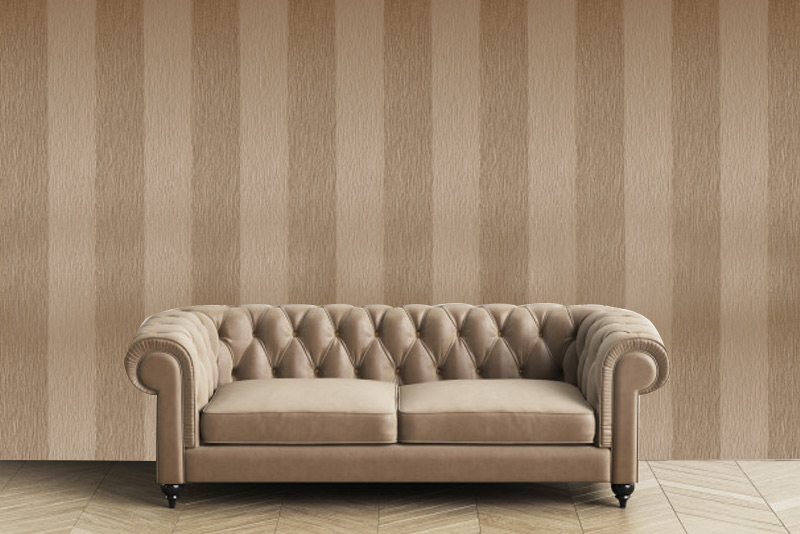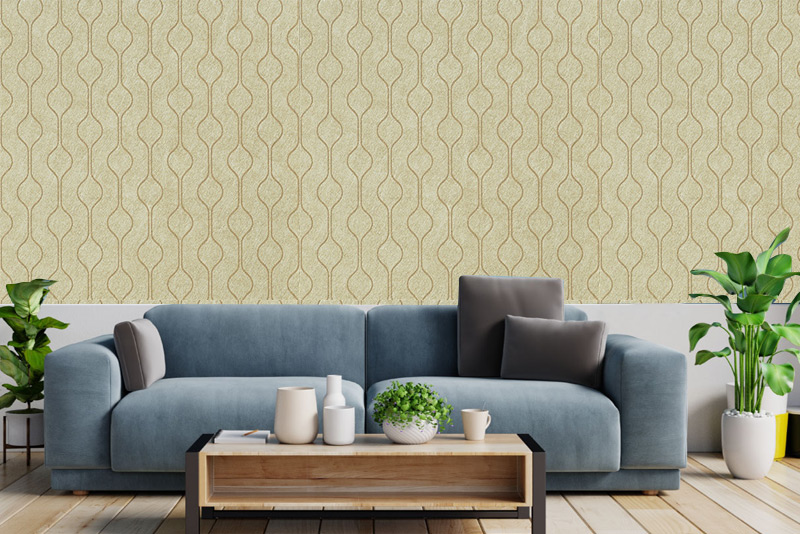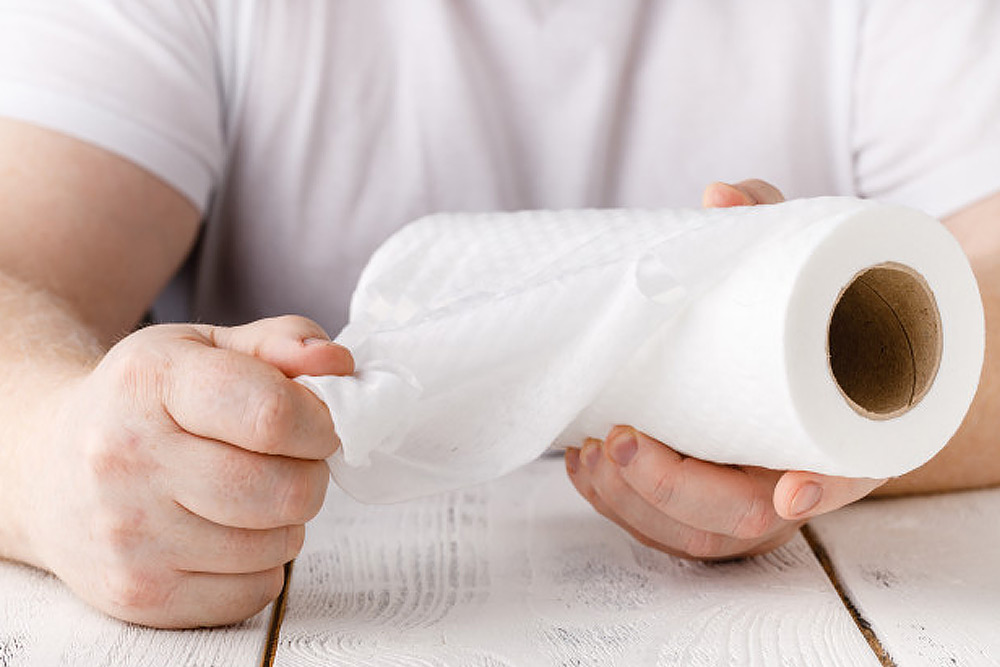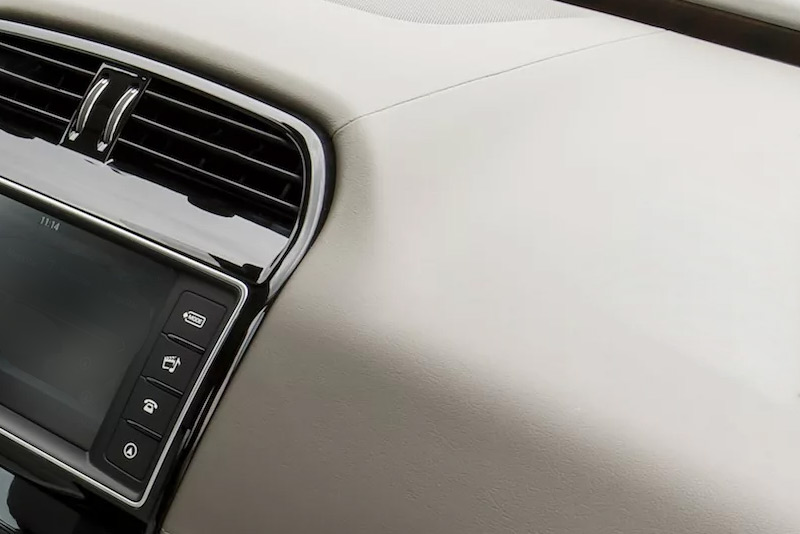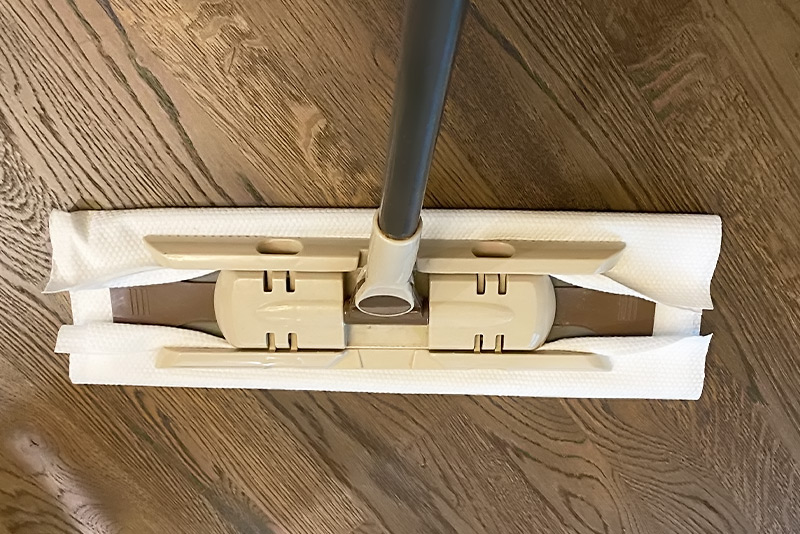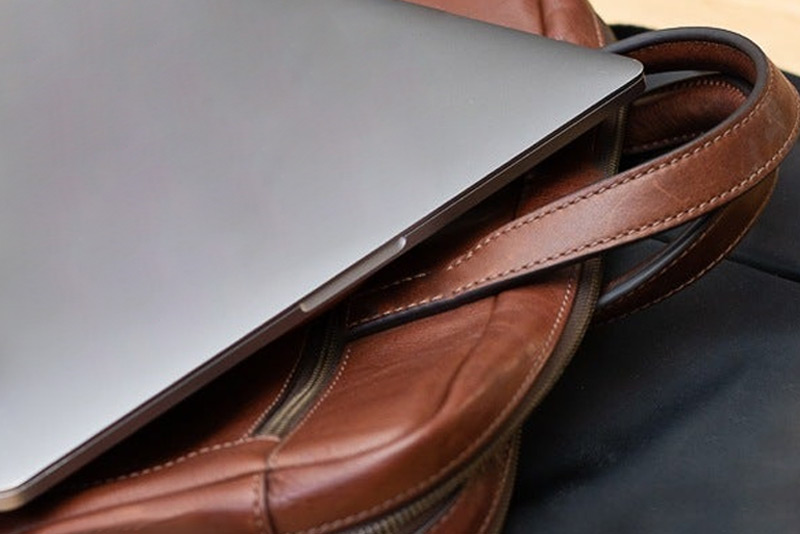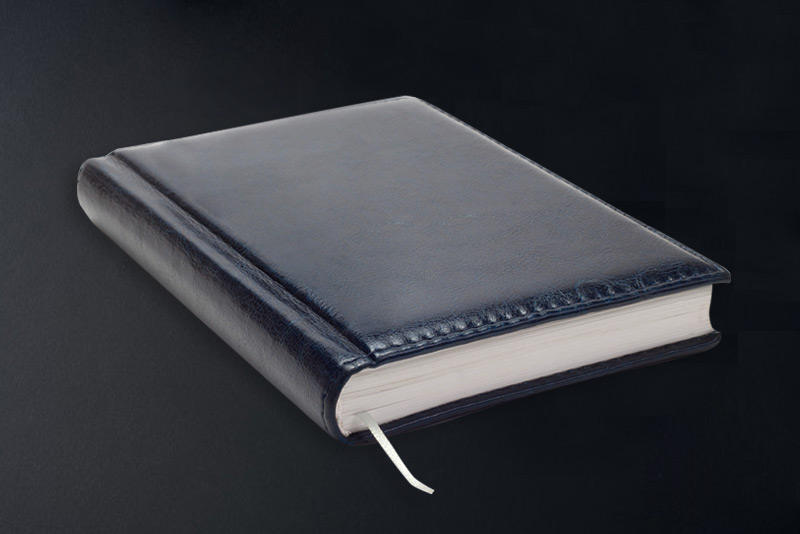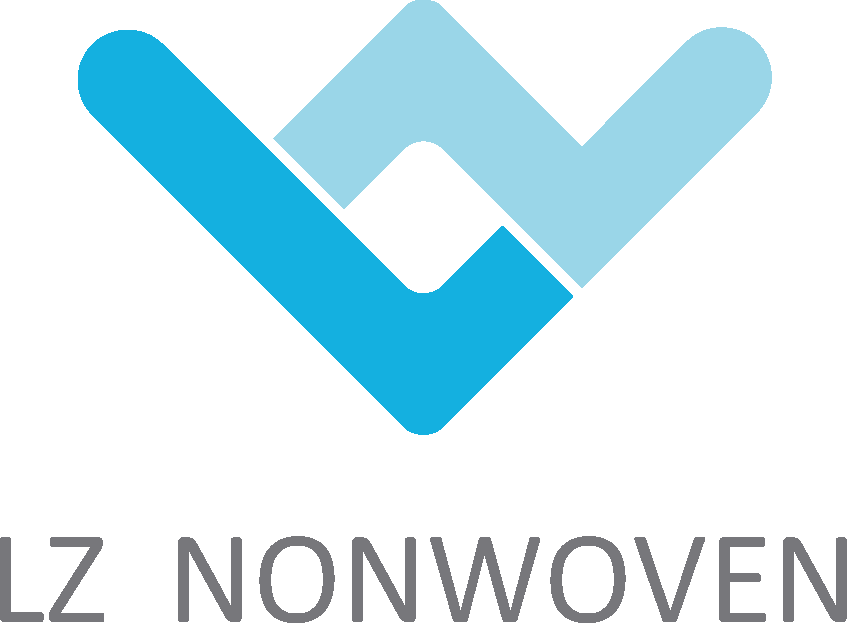In the ever-evolving world of furniture design and upholstery, nonwoven fabrics are rapidly gaining popularity due to their versatility, durability, and eco-friendly properties. Nonwoven upholstery fabric, in particular, is becoming a game-changer in the textile industry, offering a wide range of benefits for both manufacturers and consumers.
Nonwoven upholstery fabric is a type of textile made from fibers that are bonded together without the need for traditional weaving or knitting processes. Instead, the fibers are held together using methods such as heat, pressure, or adhesives. These fabrics are commonly produced through techniques like spunbond, meltblown, or needle-punching. The result is a fabric that is not only strong and durable but also flexible and lightweight.
The nonwoven process allows for the creation of fabrics with unique properties that are difficult to achieve with conventional woven textiles. The fibers are arranged in random patterns, which contribute to the fabric's ability to resist stretching, tearing, and fraying.
Durability: One of the primary reasons nonwoven upholstery fabric is favored by furniture manufacturers is its exceptional durability. The bonding techniques used in production create a fabric that is resistant to wear and tear, making it an ideal choice for high-traffic areas. It can withstand daily use, including spills, abrasion, and rough handling, while maintaining its appearance and functionality.
Eco-friendly: Nonwoven fabrics are often made from natural or recycled fibers, such as cotton, hemp, or polyester. This makes them an environmentally friendly option, as they can be recycled or biodegradable. Manufacturers are increasingly focusing on sustainable production methods, reducing their carbon footprint and the environmental impact of their products.
Cost-effective: Compared to traditional woven fabrics, nonwoven upholstery fabric is generally more cost-effective to produce. The manufacturing process is faster and less labor-intensive, which translates to lower production costs. For consumers, this often means more affordable furniture options without compromising on quality.
Comfort and Versatility: Nonwoven fabrics are known for their comfort, as they are often softer than traditional upholstery materials. Their flexibility allows them to be used in a wide range of furniture styles, from modern to classic designs. Moreover, nonwoven upholstery fabrics are available in a variety of textures, colors, and patterns, making them suitable for diverse aesthetic preferences.
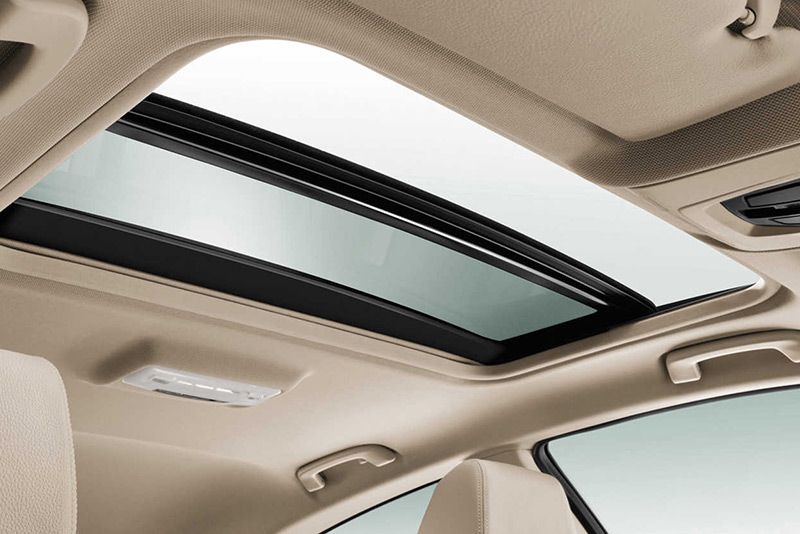
Easy Maintenance: Nonwoven upholstery fabrics are typically easier to maintain than woven fabrics. Many nonwoven materials are resistant to stains, moisture, and mold, which makes cleaning and upkeep simpler. This is particularly beneficial for households with children or pets, where furniture often faces the brunt of spills and accidents.
Breathability: Nonwoven upholstery fabrics offer excellent air circulation, which helps in reducing moisture buildup and prevents the development of unpleasant odors. This characteristic makes them particularly well-suited for furniture used in warm or humid climates.
The applications of nonwoven upholstery fabric are vast and varied. This innovative material is used in a range of furniture types, including sofas, chairs, recliners, and even outdoor furniture. Its ability to mimic the look and feel of traditional fabrics, while offering superior durability and functionality, has made it a favorite in both residential and commercial settings.
In addition to furniture, nonwoven upholstery fabric is also utilized in automotive interiors, including seat covers, headrests, and door panels. The automotive industry is increasingly turning to nonwoven materials for their lightweight nature and ability to withstand the rigors of daily driving.
As sustainability continues to be a central concern in the textile industry, nonwoven upholstery fabric is likely to become even more popular. Innovations in the production process are enabling the creation of fabrics with enhanced properties, such as antimicrobial finishes, improved resistance to UV rays, and better color retention.
Furthermore, with the growing demand for environmentally responsible materials, nonwoven fabrics made from biodegradable and recycled fibers are expected to dominate the market in the coming years. This shift aligns with the increasing consumer preference for eco-friendly products, driving manufacturers to embrace more sustainable practices.
Nonwoven upholstery fabric represents a significant advancement in the world of furniture design, offering numerous benefits that cater to both consumers and manufacturers. With its durability, affordability, eco-friendliness, and versatility, it is no wonder that this material is quickly becoming a top choice for a wide variety of applications. As innovation continues to shape the future of upholstery materials, nonwoven fabrics are set to play a pivotal role in creating stylish, functional, and sustainable furniture for years to come.


 English
English 简体中文
简体中文 日本語
日本語
